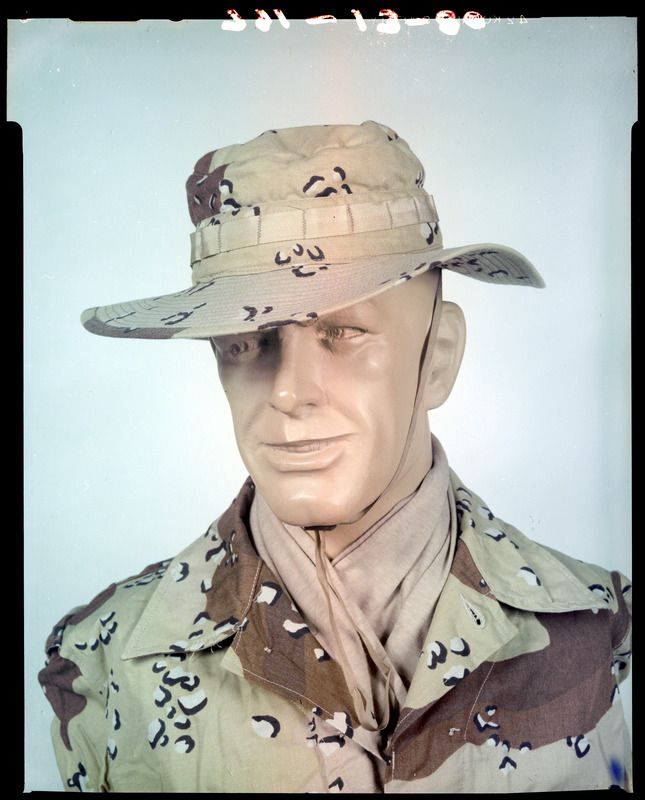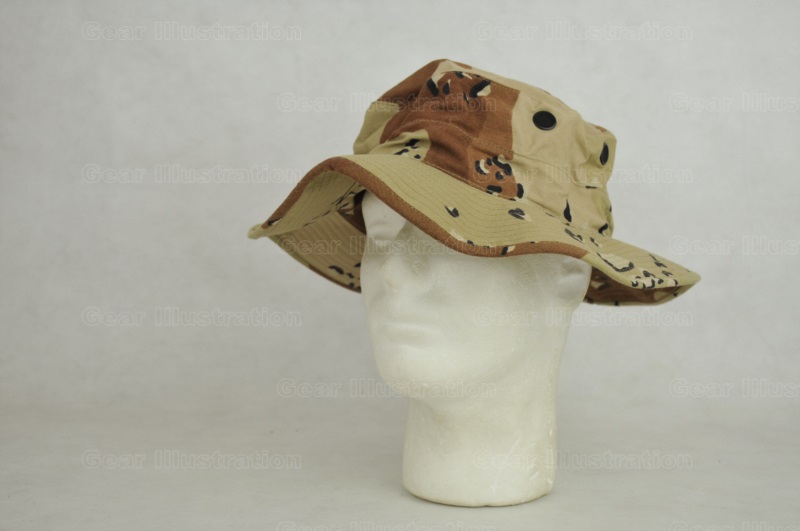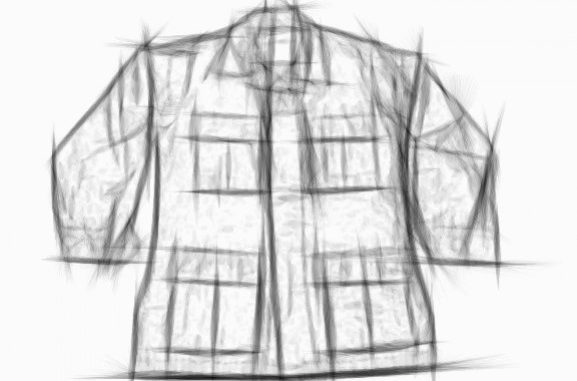
Author: Beta-TNT
The “RDF” combat uniform, which referring to a transitional type of combat uniform between the Tropical Combat Uniform (TCU) and Battle Dress Uniform (BDU). Since the official nomenclature of the “RDF” combat uniform: Coat, Hot Weather, Camouflage Pattern, is almost the same as BDU’s, collectors named it by its best known users: the Rapid Deployment Forces. In some certain context, when we are talking about “RDF”, it may be also referring to the transitional ERDL camouflage pattern.
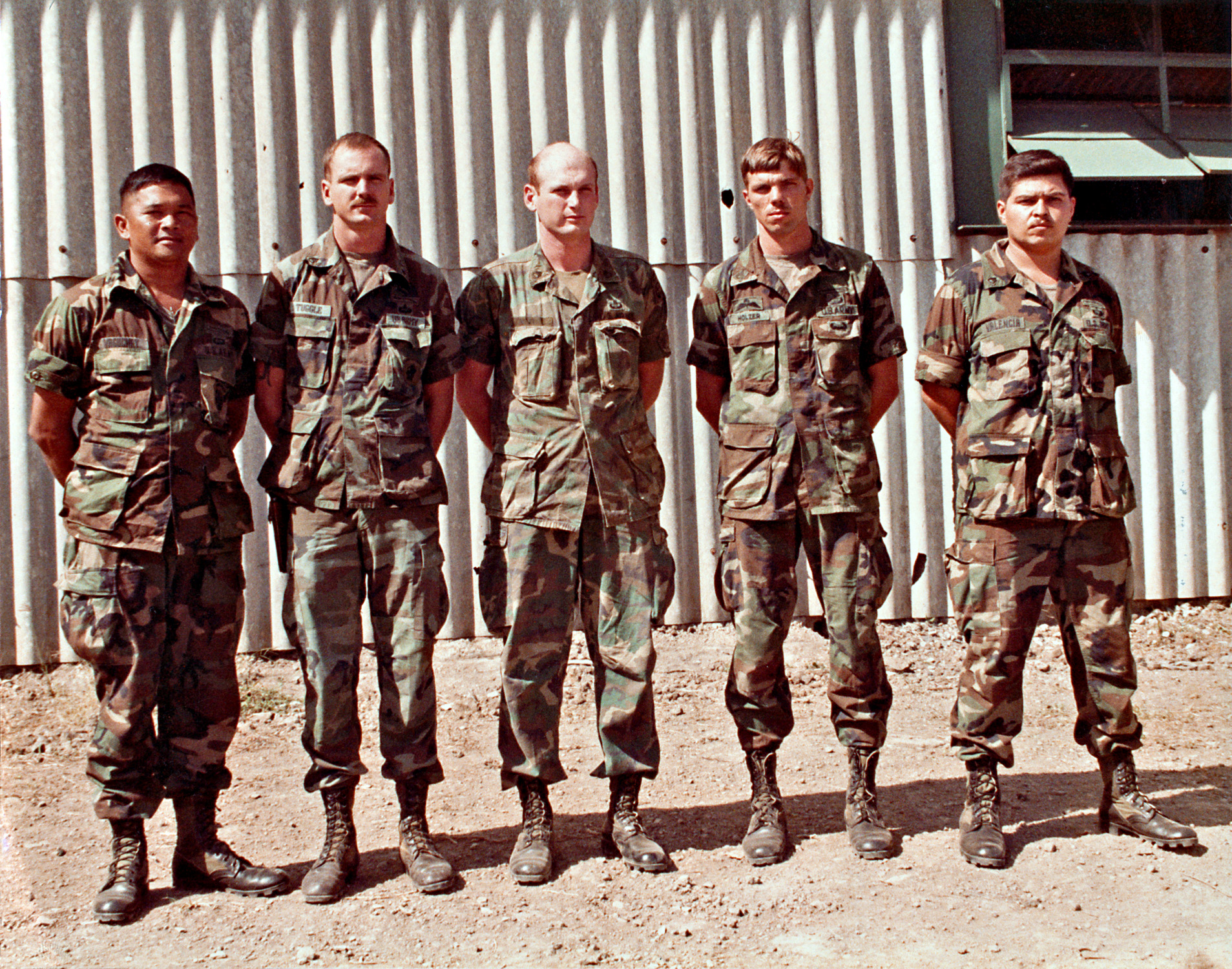
Basically, the “RDF” combat uniform is modified from the last variety of Tropical Combat Uniform, and the only difference is the pockets. Looking back through the history of US Military Combat Uniforms, the “RDF” combat uniform we are talking about was some sort of standard or basic combat uniform pattern in the 1970s. The NLAB tested and evaluated many camouflage patterns based on it. But thanks to the limited number and range of issue, most US Military Ground Forces were still wearing utility uniform or TCU, only the RDF got issued the “RDF”.
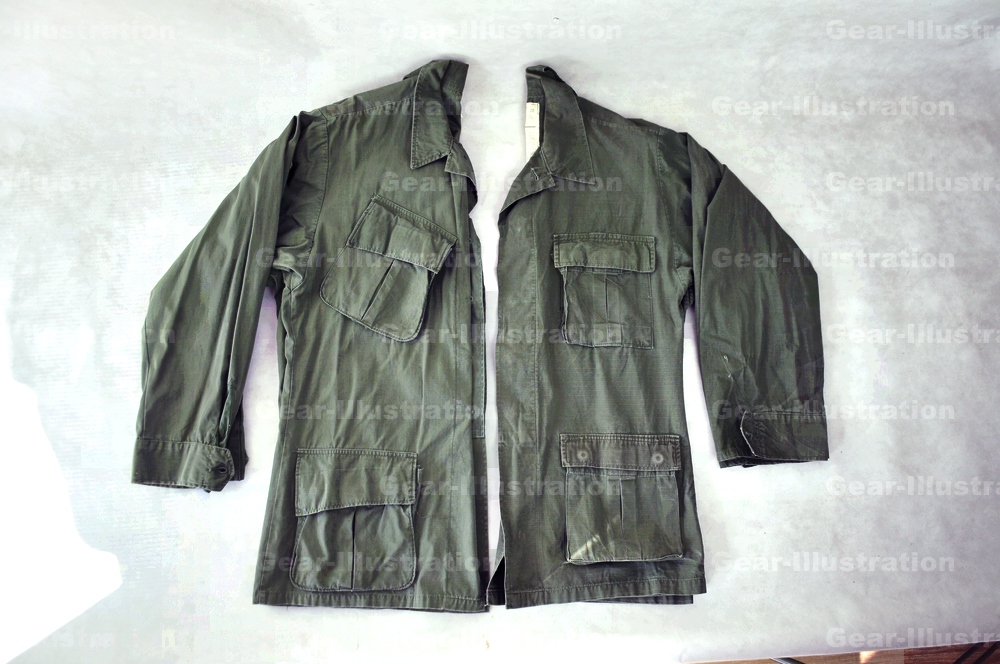
The “RDF” combat uniform shares the same MIL-SPEC with the TCU: MIL-C-43199 (coat)/ MIL-T-43217 (trousers), both of them has many modified or improved versions, but I didn’t make the way to the detailed papers. The years of the “RDF” combat uniform started from 1972, ended and replaced by BDU in 1981. Not like its predecessor and successor, the issued “RDF” combat uniform has only one pattern and no known varieties. Even the uniform itself is quite neat, there are still some interesting things with it.
Camouflage Patterns of the “RDF”
ERDL Camouflage (Issued)
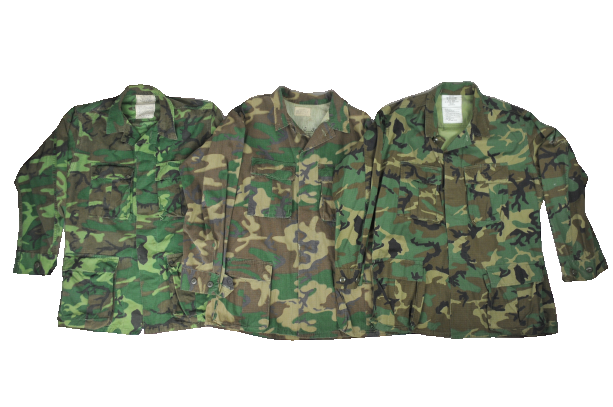
So let’s begin with the most common ones, the ERDL “RDF” uniform. There are three types of ERDL “RDF”: Low Land/Green Dominate ERDL, High Land/Brown Dominate ERDL, and the “RDF” ERDL.
 |
 |
Vietnam War collectors are too familiar with the first two, and I believe it’s not necessary to repeat common sense here. In the late 1970s, both green and brown dominate ERDL camouflage fabrics were running out, and new fabric came with modified and improved ERDL camouflage pattern: the tone is much colder and pattern edges are not blur anymore.
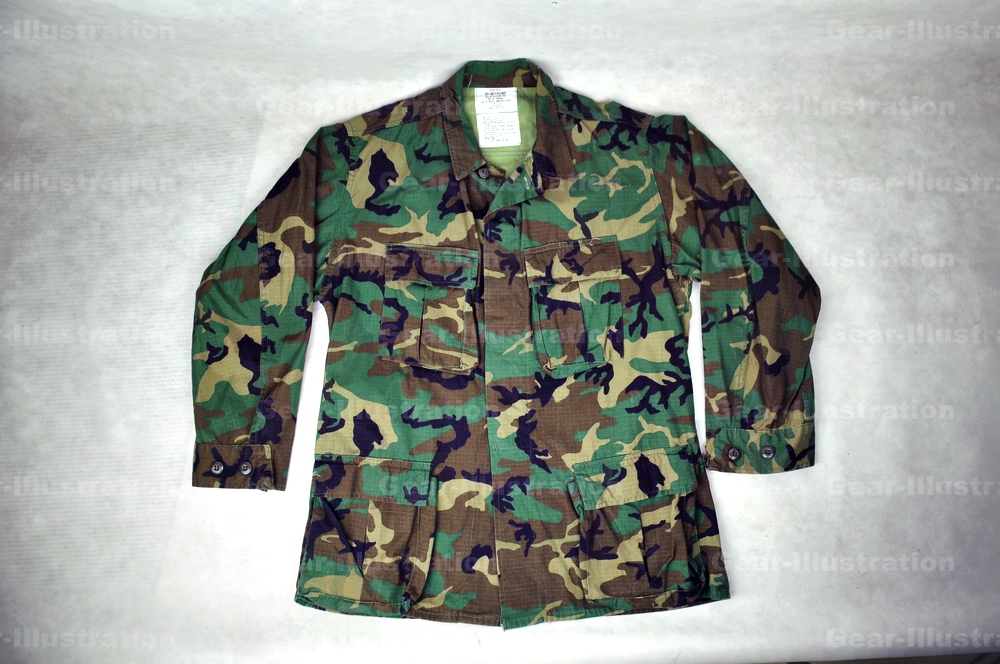
OG107 (Issued)
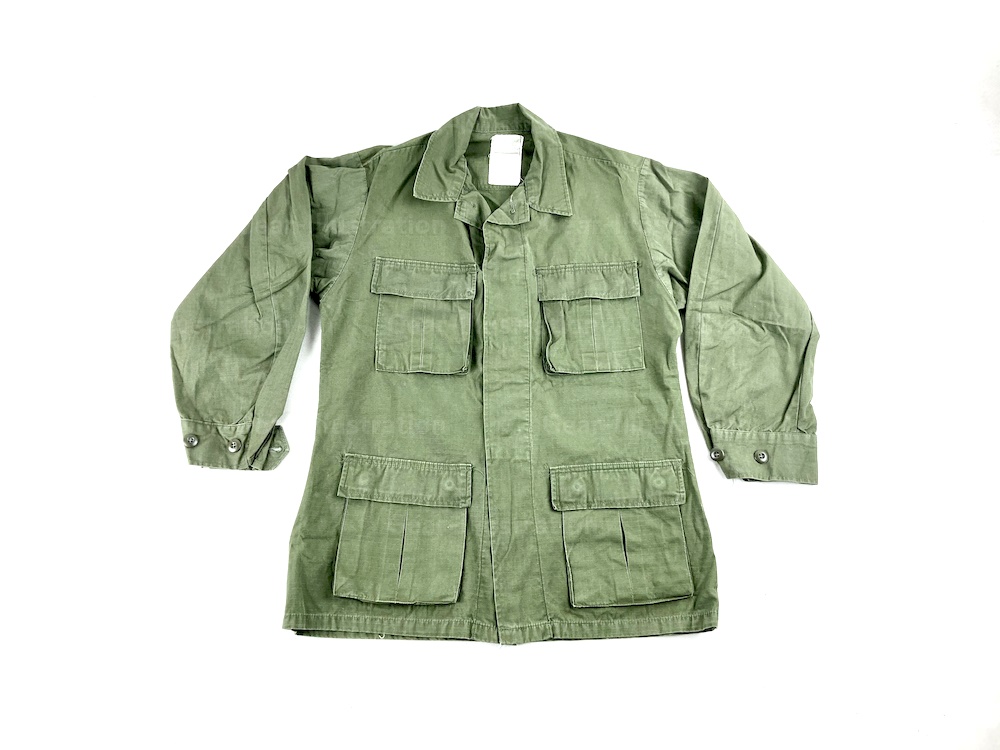
The OG107 ones are much more hard to find nowadays. Rangers wore them in the 1980s.
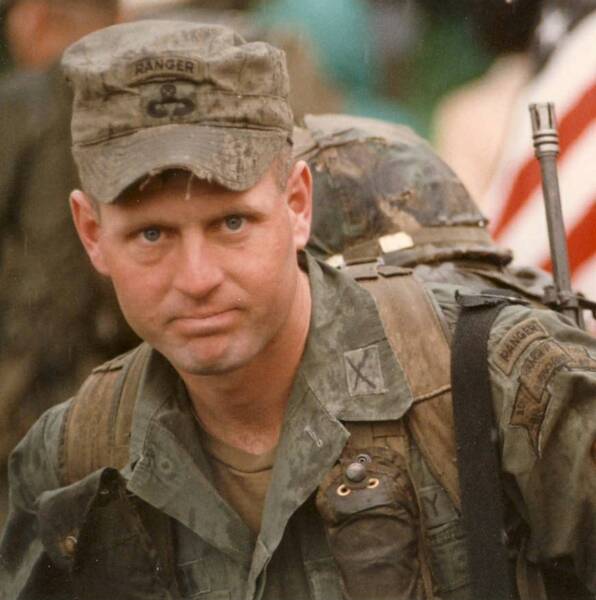
There must be something unusual happened to the OG107 “RDF” combat uniform: we’ve discovered almost twenty individual OG107 “RDF” coat on the internet and we bought three of them, the coats we’ve discovered were all in Small-Regular size.
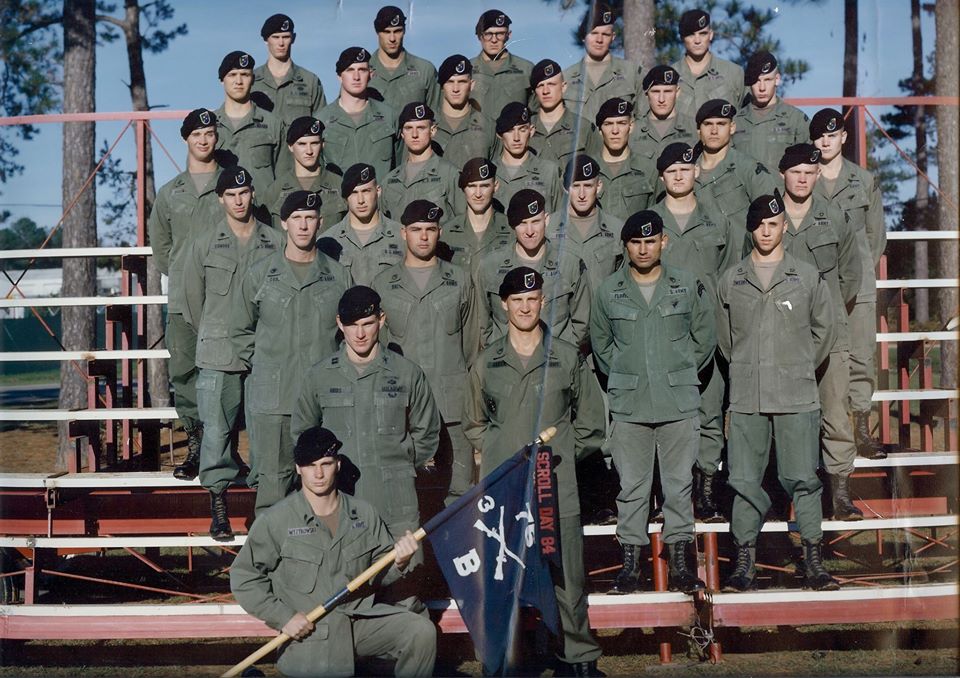
One more weird thing, so far we have not confirmed the existence of any OG107 “RDF” trousers, not even anyone mentioned. Are the trousers really exists? Or they just wear TCU trousers instead?
Six-color desert camouflage (Military assistant)
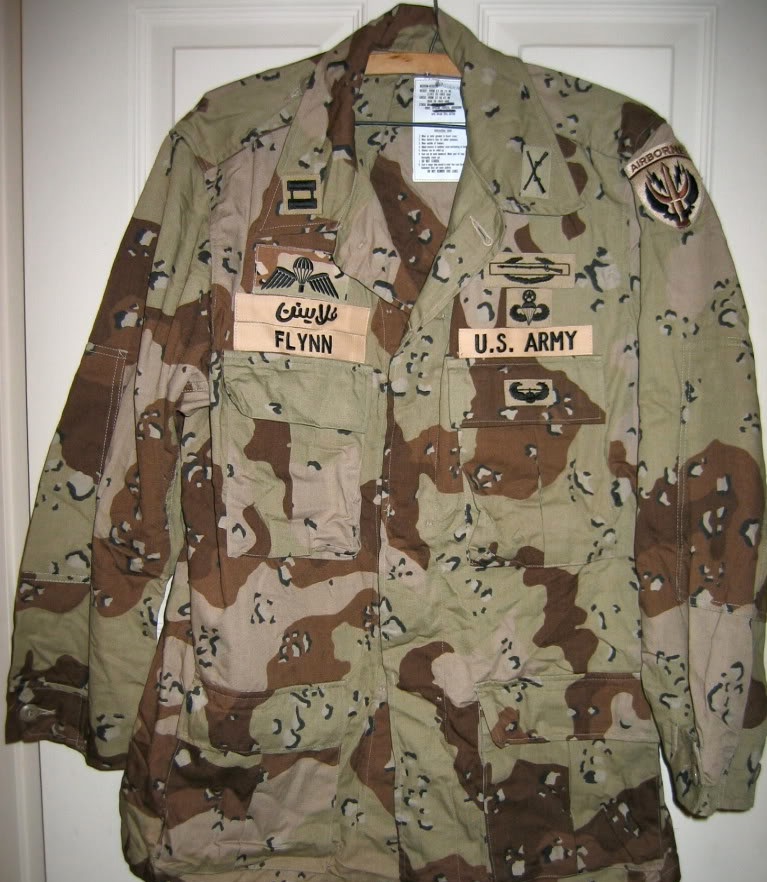
Both nomenclature and MIL-SPEC are changed on this one: Coat, Special Forces, Airborne (MIL-C-1109). It has some more characteristics: elbow reinforcements, liner buttons, etc.
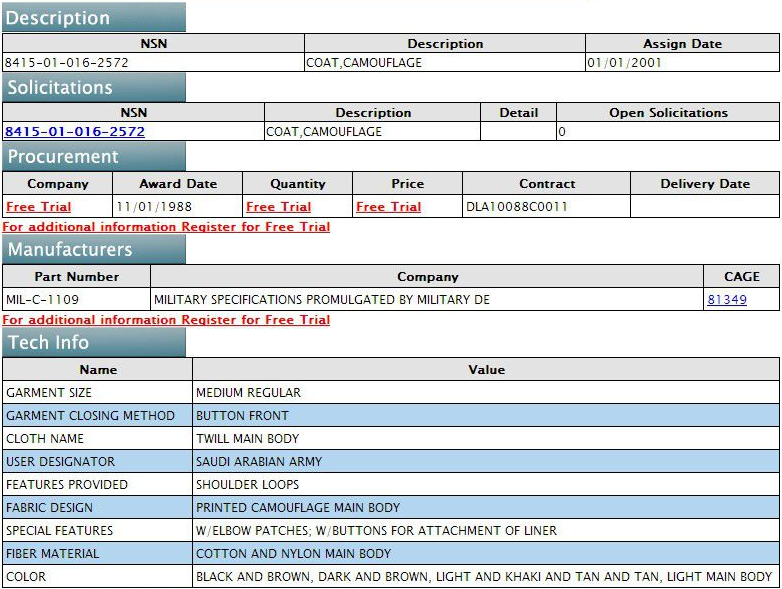
Six-color desert camouflage (Experimental)
The six-color desert camouflage, or “chocolate chip camouflage”, maybe much more earlier than your stereotype. The assign date of Desert Battle Dress Uniform, or DBDU, is in 1980, but the camouflage was competed and tested in the early 1970s.
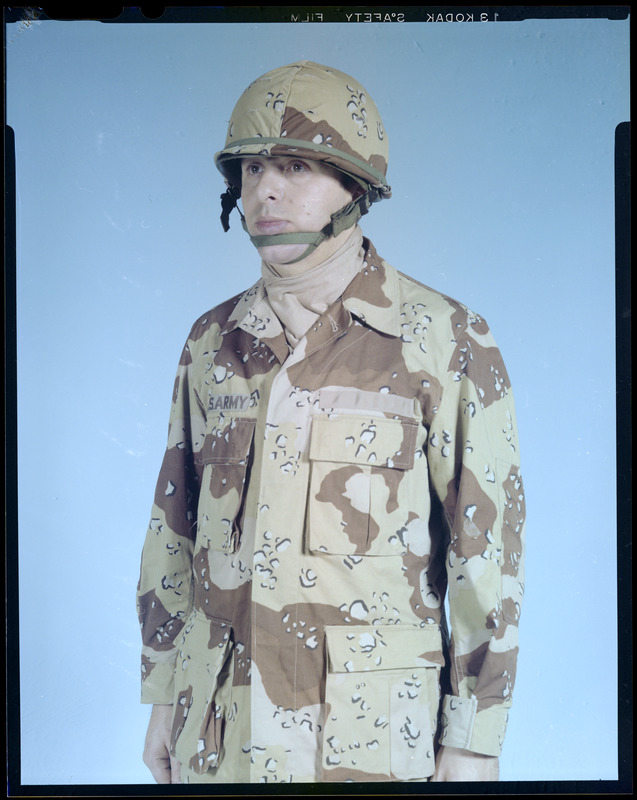
Learning from the label, we can know that the contract was in FY 1972, DPSC. Like many other experimental items, no stock number was assigned to it. It’s not the same thing as the Saudi Arabia Army version mentioned above.
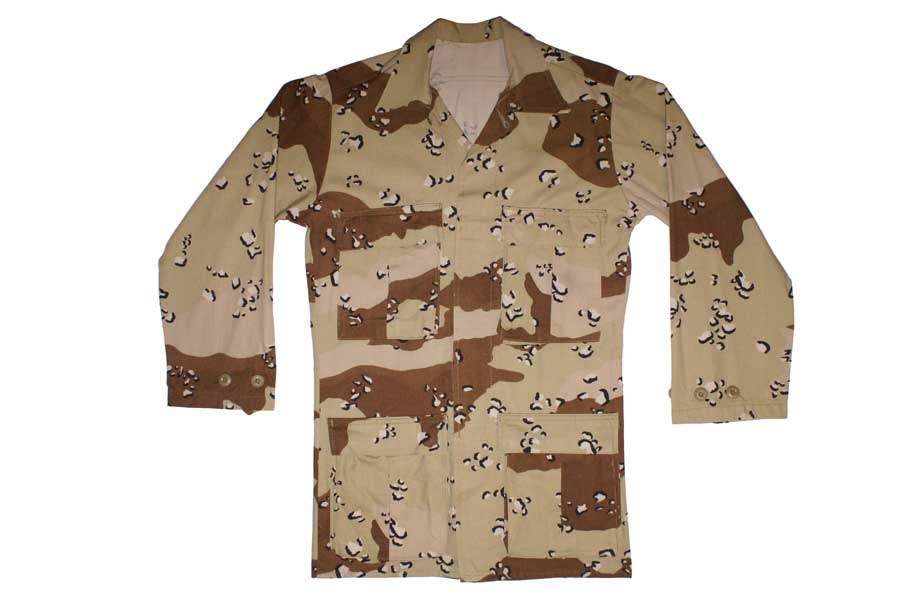
Woodland Camouflage (Experimental)
Yes, it does exists.
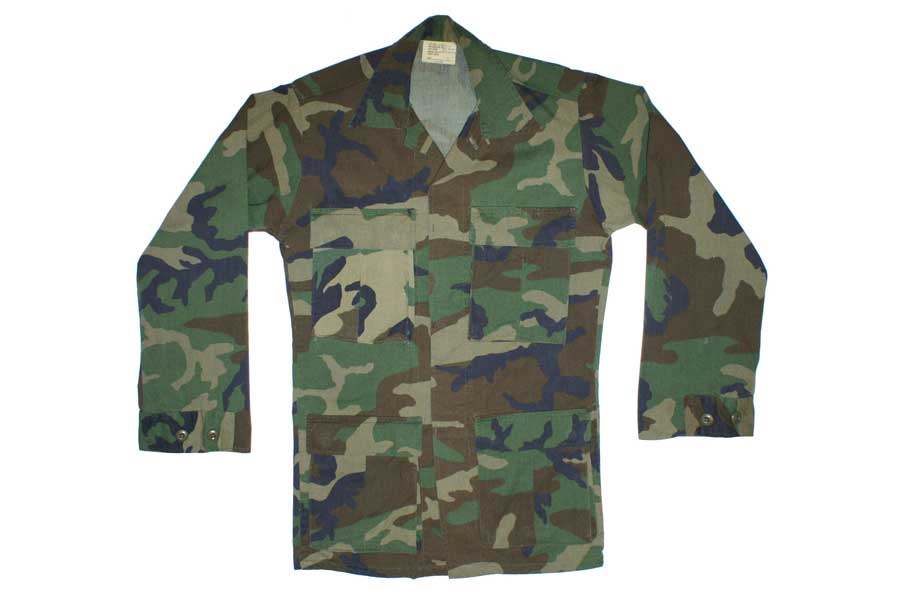

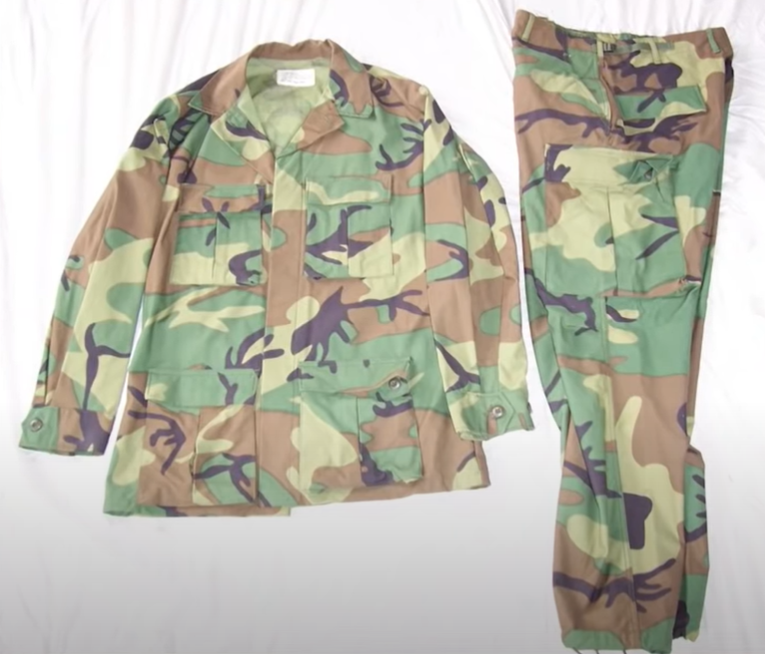
ERDL Covered With Vertical Black Brush
In the MASSTER Program, beside the Model A to D camouflage patterns, there was a special ERDL variety: the Model E. It looks like brown ERDL covered with some vertical black brush pattern like tiger strips. The name “Model E” comes from the nomenclature on the label: Coat, Hot Weather, Camouflage Pattern, Model E.
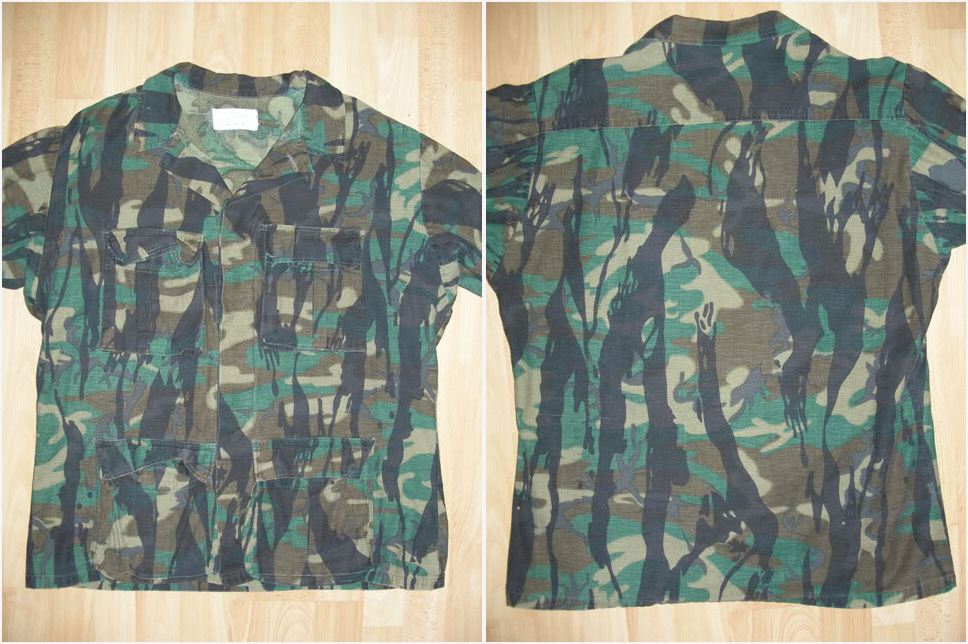

Tiger Strip Camouflage (Experimental)
Vietnam War tiger strip camouflage also appeared in the MASSTER camouflage evaluation program, but I believe it just took part as a control subject, the NLAB was not really considering accepting it.

Khaki (Experimental)
The Khaki “RDF” combat uniform was tested with other desert camouflages like chocolate chip and desert night. The interesting thing is, the date of the photo is far more earlier than both DBDU and Night Desert Camouflage Parka’s NSN’s assign date.
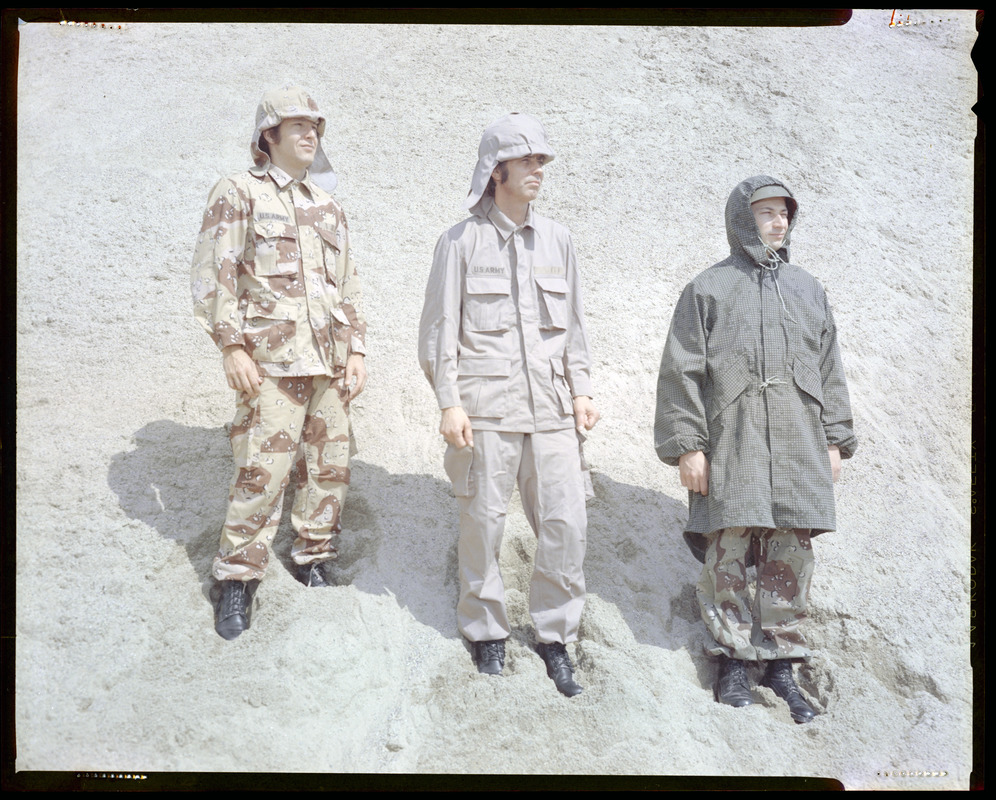
Caps And Hats
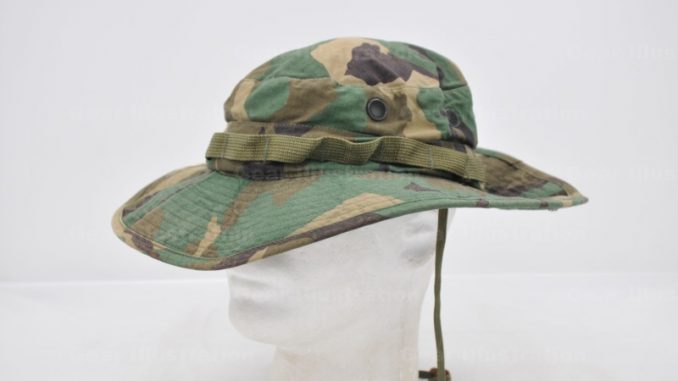 |
|
 |
 |
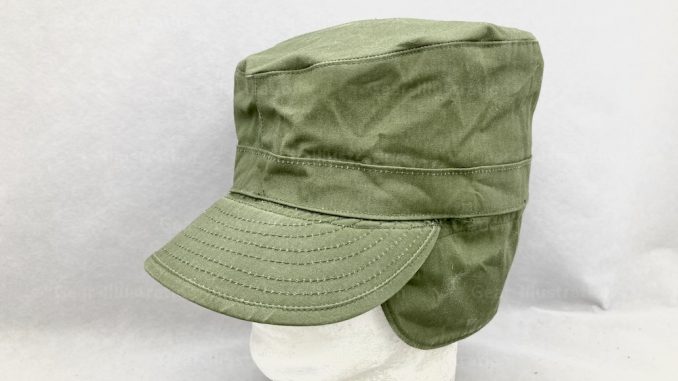
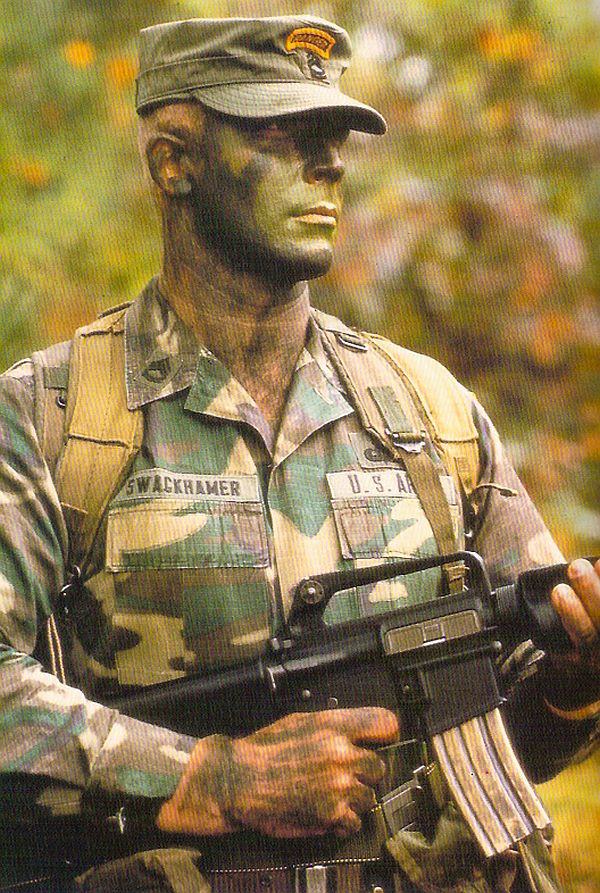
Besides these issued caps and hats, there are also some interesting experimental little things from NLAB.
 |
 |
 |
 |
 |
 |
 |
 |
